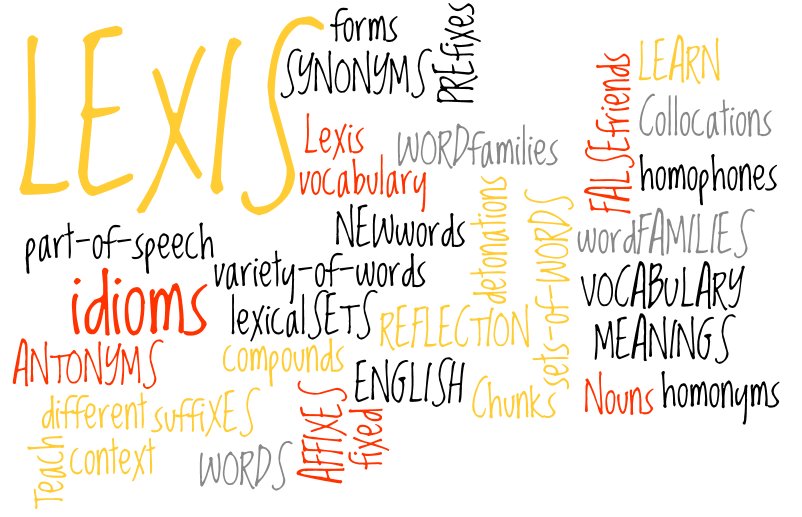In the online Delta course I’m following, one of the tasks for the lexis unit required us to take notes on why sense relations can facilitate vocabulary learning and make lessons more interesting. It also required us to refer to examples of classroom activities and specific teaching strategies which we have used or intend to use.
Here’s my answer.
The importance of using sense relations in class when teaching lexis:
- Sense relations help learners build a mental network of related words which helps memorisation and retrieval of lexical items, which in turns can improve fluency.
- They also represent a logical way of organising new vocabulary for students, which again in turn helps memorisation.
- They help learners feel confident and more fluent when speaking about a specific subject. If for instance they have studied hyponyms of ‘food’, it will be easier for them to talk about this topic as they will have all (or most) of the lexis they need.
- This in turn helps learners feel more confident and relaxed when discussing about a given topic, as they know they have studied and memorised the relevant vocabulary.
Strategies and classroom activities
- Learning adjectives with their antonyms: this is especially useful at lower levels, and makes the whole process easier. I generally give students a set of adjectives with pictures to represent them. Once they have matched the adjectives to the pictures, I give them the antonyms and ask them to match them with their opposites.
- Again at lower levels, I tend to teach lexical sets or hyponyms together. I particularly like labelling exercises, so for example I give students a picture (e.g. of a house) with blank labels and a set of words (e.g. rooms and parts of a house) and ask them to label the picture. This is generally very effective and really helps students memorise words more easily.
- At more advanced levels, I tend to draw students’ attention to homonyms and polysemous words when we encounter them in exercises or texts. If possible, I typically represent the different meanings with pictures or drawings. If that is not possible, I give at least 2-3 examples for each item, to help learners grasp the differences in nuance (for polysemous words) or in meaning (for homonyms).
I’d be very happy to read your comments or answers on the exercise. What do you think are the advantages of using sense relations in the classroom?
